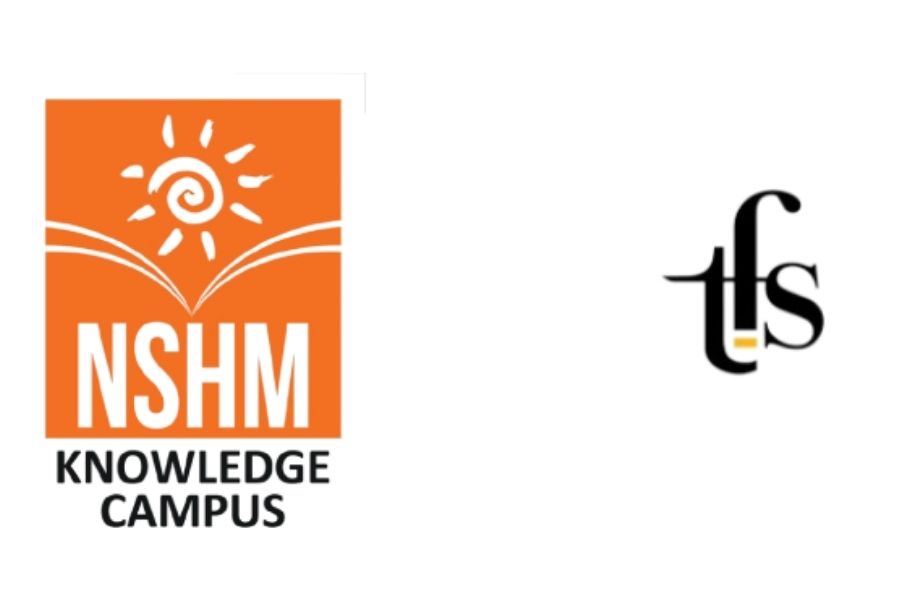DoubleVerify (DV), a software platform for digital media measurement, data, and analytics, revealed findings from its 'Global Insights Report' which demonstrated a relationship between high-quality digital advertising environments and reduced carbon emissions.
The findings, based on a global analysis of over one trillion ad impressions delivered across web display and video, underscore the environmental benefits of maintaining high-quality ad inventory. DV measures the quality of ad inventory through its DV Authentic Rate—the percentage of ads verified as brand-suitable, fraud-free, and in the correct geography.
The study highlights that higher DV Authentic Rates correlate strongly with lower emissions, as measured by Scope3 impact data. This further emphasises the role of buying quality media in reducing digital advertising’s carbon footprint.
"Simply put, for digital ads, buying higher quality media directly translates to a lower emissions impact,” said Mark Zagorski, CEO, at DoubleVerify. "Our latest data shows that high-quality, fraud-free advertising not only optimises performance but also supports broader sustainability goals. By enhancing the precision and efficiency of ad delivery, we can help decrease the unnecessary energy consumption that contributes to higher emissions."
The report employed DV technology to analyse over one trillion impressions, both pre and post-bid, to offer a detailed market-by-market analysis for APAC, EMEA, North America and LATAM. It covered video and display impressions from January to December 2023 across desktop, mobile web, mobile app, and CTV.
The study also found that high-tier made-for-advertising (MFA) sites, known for high ad density, emitted 44% more carbon emissions relative to the average emissions across DV-measured media. Conversely, ads with high DV Authentic Rates produced fewer emissions, affirming the positive environmental impact of quality digital ad placements.
DV’s approach to measuring the carbon impact of digital ads leverages a partnership that was launched in 2022 with Scope3, a provider of ad-emissions data. This collaboration enables advertisers to make informed decisions that align their marketing strategies with their environmental values, taking steps to ensure their advertising dollars are spent responsibly.
"Media quality optimisation prevented a sizeable amount of CO2 emissions that would have been produced by low-quality ad placements, avoiding a considerable social cost of carbon,” said Zagorski. “This underscores the importance of maintaining high standards in digital advertising.”
DV calculated that media quality protections helped avoid a quantifiable 64.9 thousand metric tons of CO2 emissions waste from non-authentic ads in 2023, equivalent to a $13.2 million social cost of carbon ($204 per metric ton of CO2). Social cost of carbon quantifies and monetises the incremental costs to society of climate change impacts resulting from the emission of one additional metric ton of CO2 or its equivalent.




